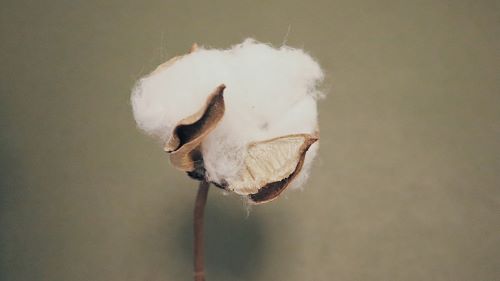
The Beauty Of Khadi fabric

Wonder What Can Be More Ethical & Environment Friendly Than Fabrics Made With Just Natural Fibre Like Cotton & Silk. It's The Indian Khadi, Indian Khadi cloth stands out as a prime example of ethical textile production Which Has Been Handspun & Handwoven From The Natural Fibres, Making The Process Of Making The Fabric Also Ethical & Sustainable.
What is Khadi ?
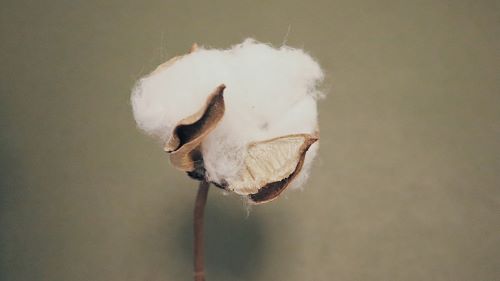
Khadi is a traditional Indian handspun and handwoven fabric. It is typically made from natural fibers such as cotton, silk, or wool. The process of creating Khadi involves spinning the fibers into yarn by hand using a spinning wheel, known as a charkha, and then weaving the yarn into cloth on a handloom. This labor-intensive method results in unique textures and patterns in the fabric.
How does it work ?
The tabletop or floor charkha is one of the oldest known forms of the spinning wheel. The wheel is turned by one hand, while the yarn is spun off the tip of the spindle with the other. The direction in which the yarn is spun is called twist. Handspun single plies are spun with a Z-twist, and plying is done with an S-twist. In this way, the opposite-direction plying keeps the spun yarn from untwisting itself. Weaving with handspun yarn produces the khadi material.
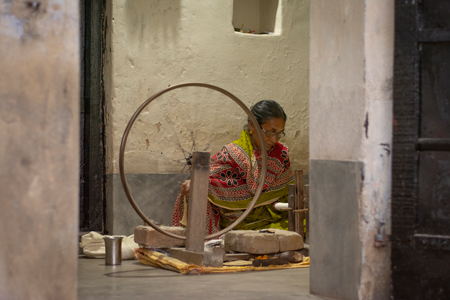
IMPACT ON INDIA
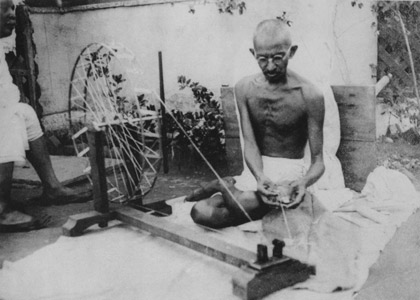
The handspun handwoven fabric has been a huge part of India and was a major part of the nation's economic strength before colonialism. Mahatma Gandhi began promoting the spinning of khadi for rural self-employment and self-reliance during the Swadeshi movement (Khadi movement).
However, today, the Khadi industry is far from flourishing. There is a significant decline in the number of India's handloom weavers due to a decrease in its demand. Anuprerna is working towards the goal of bridging the gap in demand by creating awareness about Indian Khadi clothes which would encourage the weavers to preserve this craft.
VARIETY IN KHADI FABRICS
1. Khadi Cotton Fabric-
Khadi, a handspun cotton fabric, varies in yarn thickness from thicker 20 counts, ideal for upholstery, to finer 60-80 counts suitable for structured shirts and dresses. Even finer varieties, ranging from 100 to 120 counts, are perfect for lightweight summer attire like dresses and tunics. The most exceptional Khadi, with 500 or 1000 counts, is exceedingly rare due to its delicate nature, requiring precise environmental conditions and highly skilled weavers for production.
2. Khadi Silk Fabric-
This fabric comprises two main types: pure Khadi silk, woven entirely from silk yarn, renowned for its exquisite quality and popularity, and blends of various yarns. The latter category includes varieties like Matka Khadi Silk, Tussar Khadi Silk, and Ketya Khadi Silk, each offering unique characteristics. For more information on these crafts, visit our website through the following links: Matka Peace Silk, Ketya Peace Silk, and Tussar Silk.
Visuals of Khadi Cotton Fabric from Our Collection
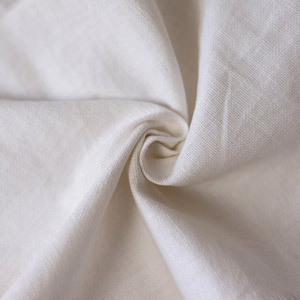
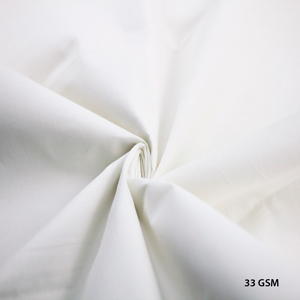
Visuals of Khadi Silk Blend Fabric from Our Collection
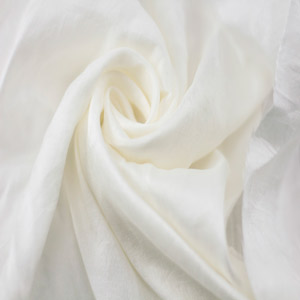
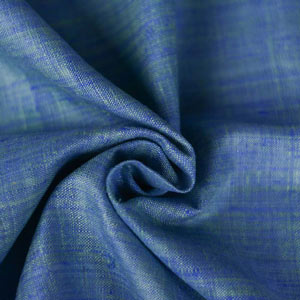
Anuprerna's impact
Weaving Khadi fabric is challenging due to certain properties characteristic of handspun yarn. Since the yarn is irregular in thickness, dyeing is inconsistent.
However, the benefits of Khadi definitely outweigh the challenges of it's production. With experienced weavers, it is possible to produce more uniform yarns.
Anuprerna has been working with Khadi weavers across various clusters in Bengal for over 30+ years and have been producing finer Khadi fabrics.
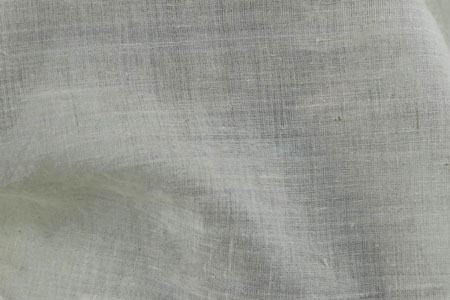
BENEFITS IN WEARING KHADI
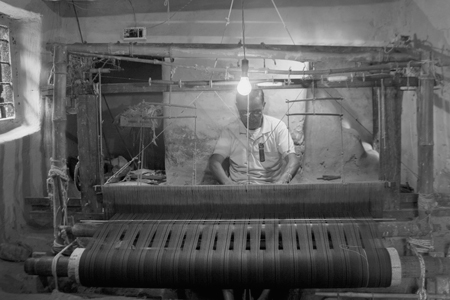
- Indian Khadi clothes can be worn in any weather. It's warm in the winters and cool in the summers.
- Khadi material is a body-friendly fabric that does not cause any allergies or irritations, unlike other synthetic fabrics.
- Khadi dyes and weaves are done by hand. Each khadi pure product is different and has a very peculiar style and unique finish.
- The loom used in making khadi handspun cotton fabric combines the threads to allow maximum air to permeate, which is very soothing, especially in summers.
- Khadi products are highly durable and long-lasting
Key Point
"Khadi fabric is approximately 3.24 times more energy-efficient than mill cloth"
CAREGUIDE FOR KHADI
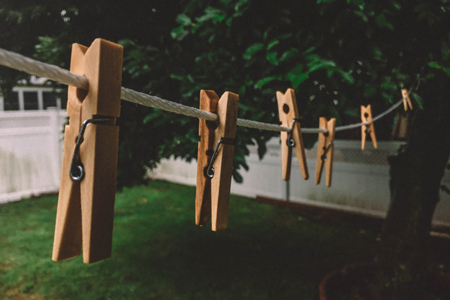
Khadi fabric is quite easy to maintain as it needs to be hand washed and ironed for a fresh, refined look. It is prone to shrinking to some extent even in the case of pre-shrunk fabrics but this can be easily fixed by ironing later. For washing, it is advised that strong chemical detergents are not used.
Explore More
related questions
What is the difference between khadi and cotton?
arrow_drop_downKhadi is handspun and handwoven fabric made from cotton, while cotton refers to the fiber itself. Khadi often has a coarser texture and irregular weave compared to industrially produced cotton fabrics.
What is the process of weaving khadi fabric?
arrow_drop_downThe process of weaving khadi fabric involves spinning cotton fibers into yarn by hand using a spinning wheel, and then hand-weaving the yarn into fabric on a traditional handloom. This process is labor-intensive and eco-friendly.
Which fiber is used for making khadi?
arrow_drop_downCotton fiber is primarily used for making khadi. It is handspun into yarn and then handwoven into fabric to create traditional khadi textiles, known for their natural, breathable, and eco-friendly qualities.
What is the quality of khadi fabric?
arrow_drop_downKhadi fabric is known for its unique texture, breathability, and natural appearance. It often has a slightly coarse feel and irregular weave, giving it a rustic charm. Khadi is also valued for its sustainability and cultural significance.
More Blogs

understanding mulberry silk quality: what designers often miss and why it matters
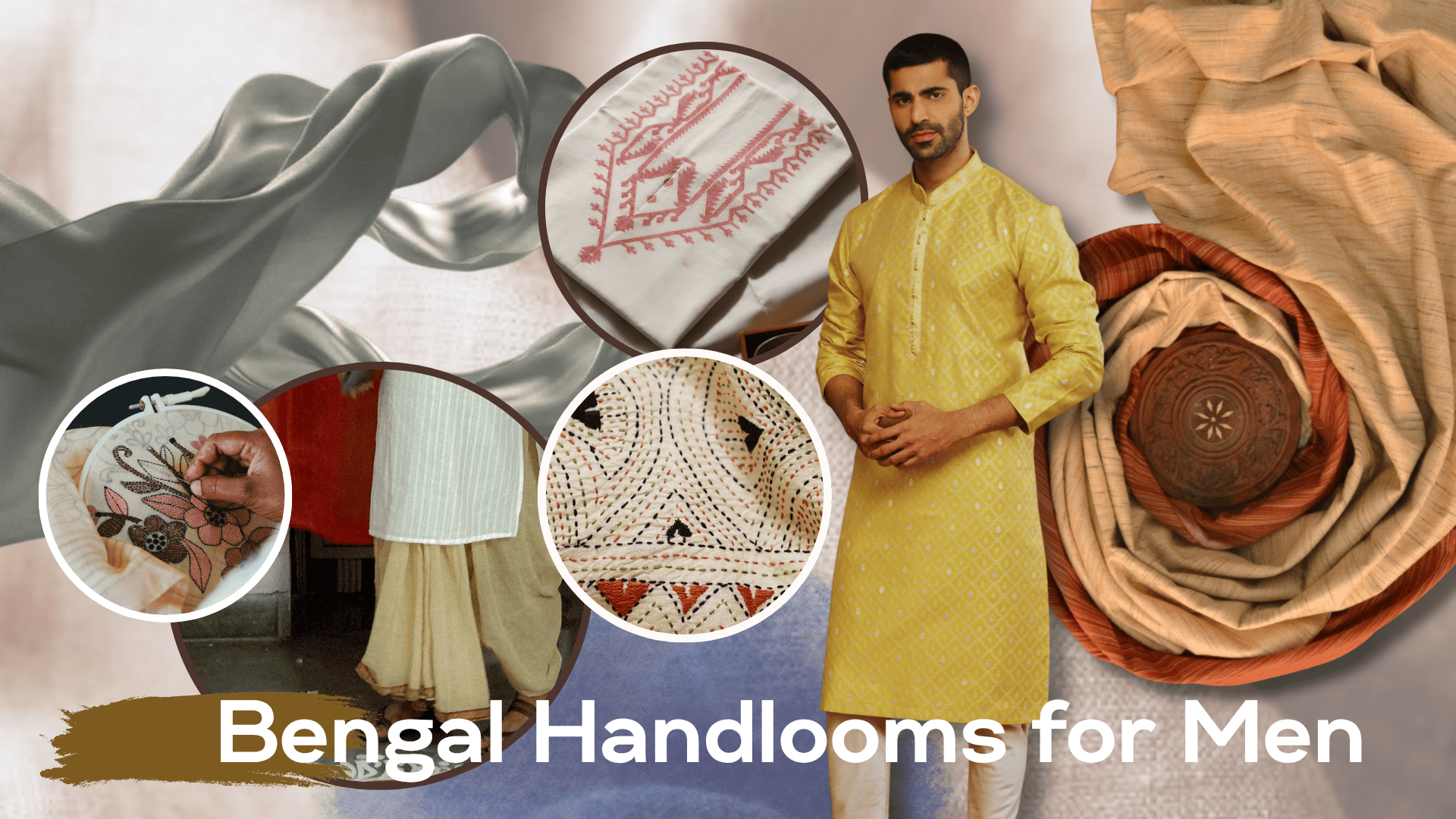
bengal looms for men: beyond the kurta
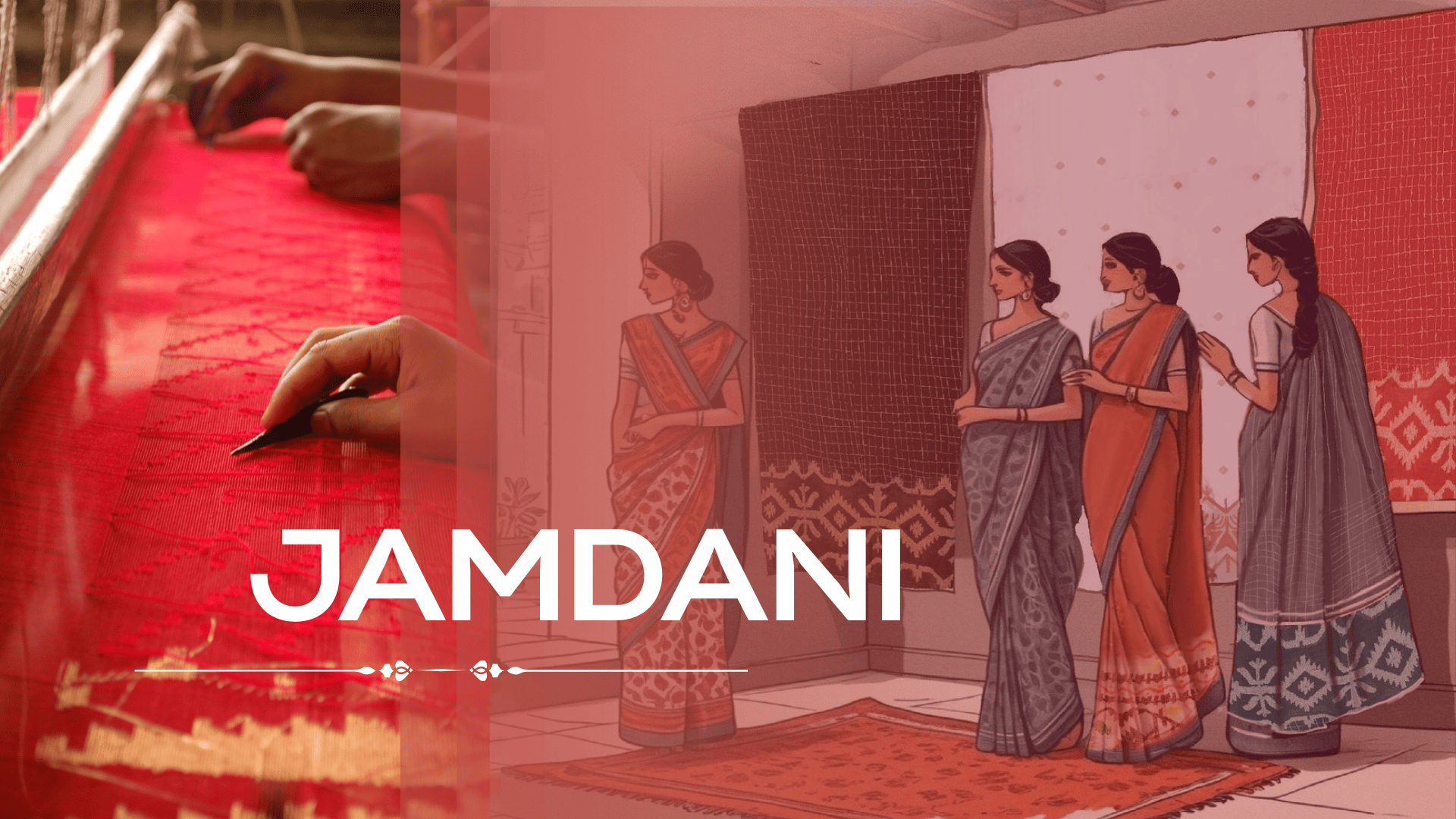
jamdani magic: why this weave is unesco-recognized as cultural heritage
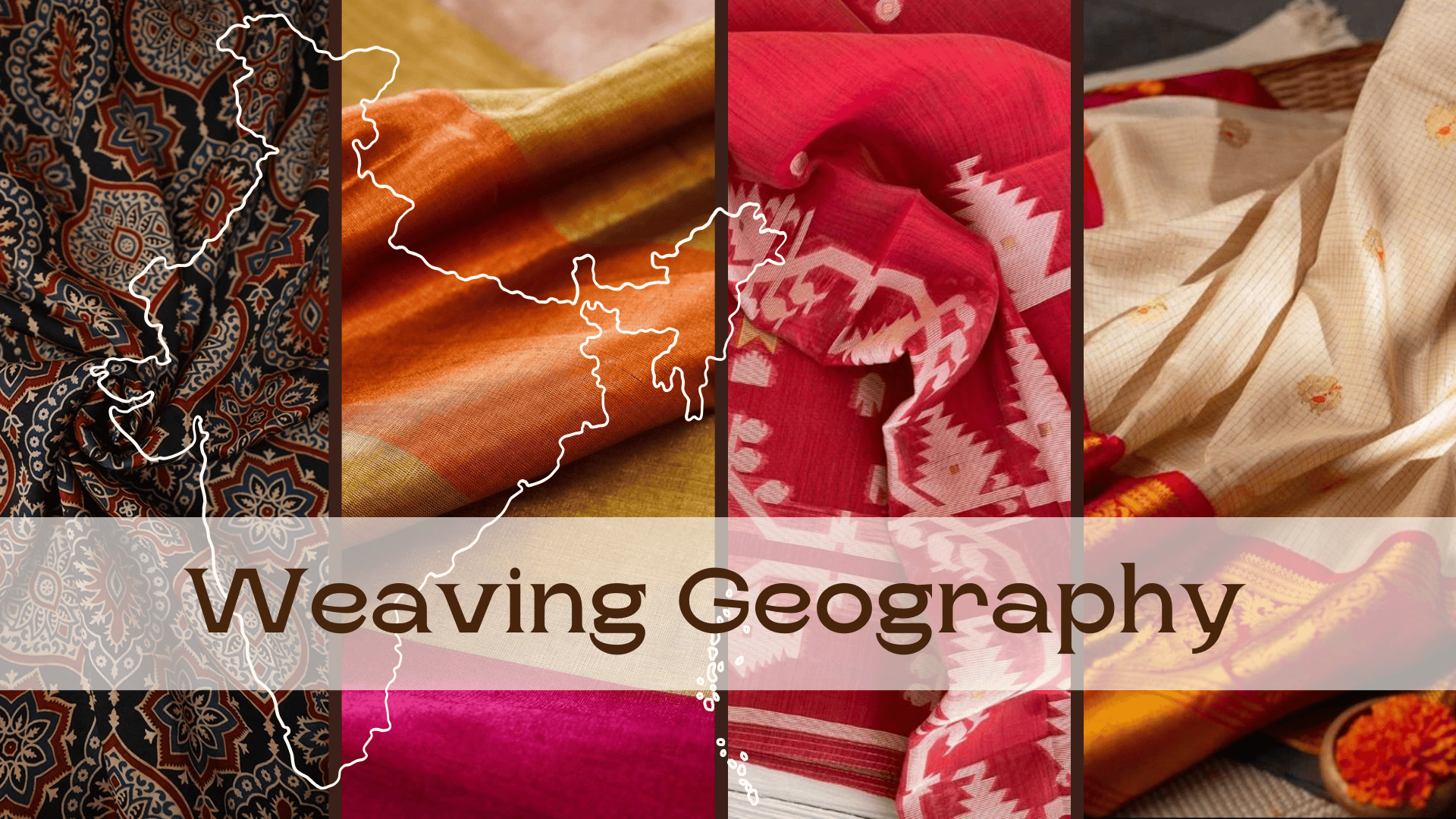
weaving geography: which district is known for which handloom fabrics
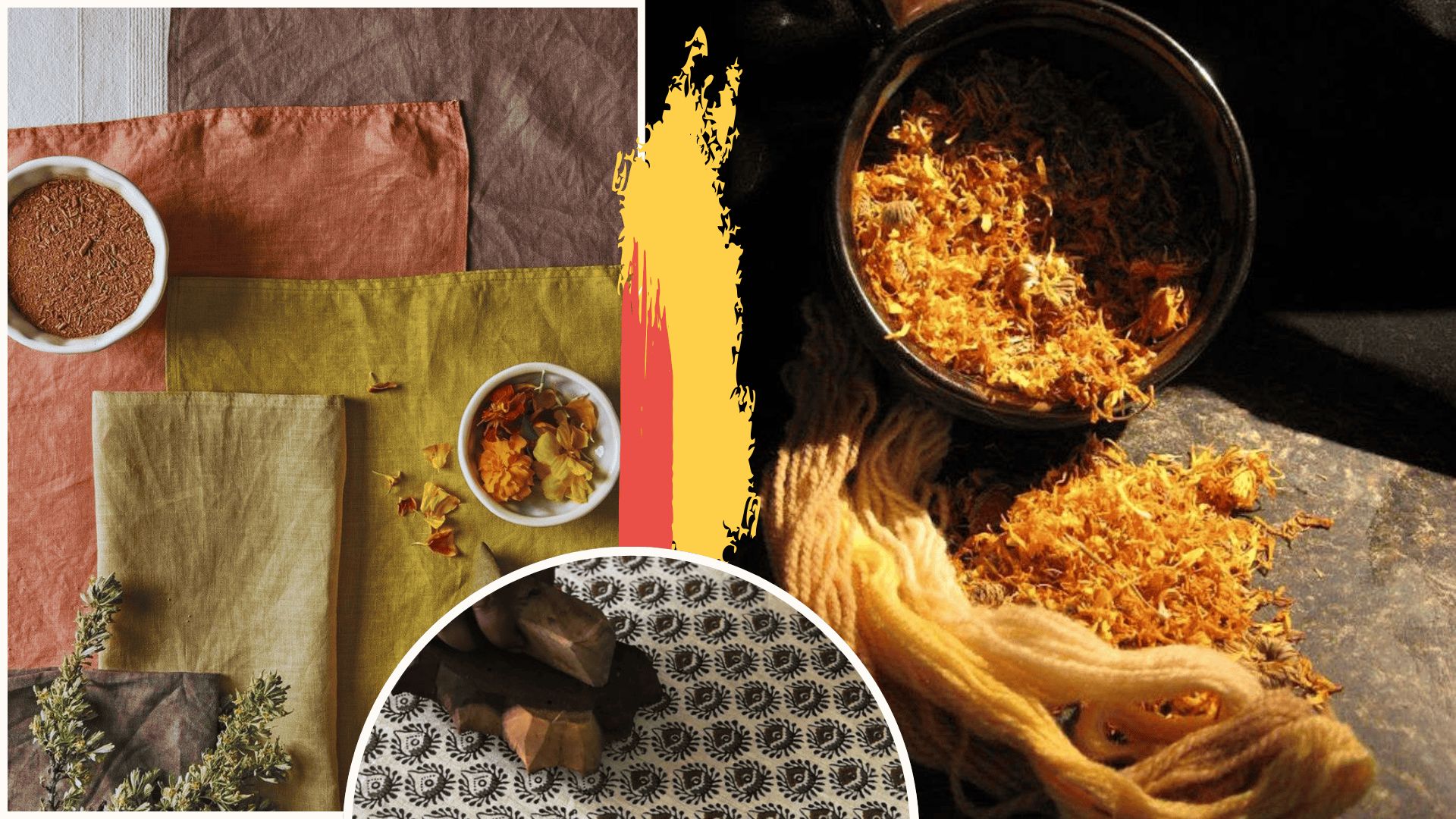
the ultimate guide to naturally dyed and block printing textiles
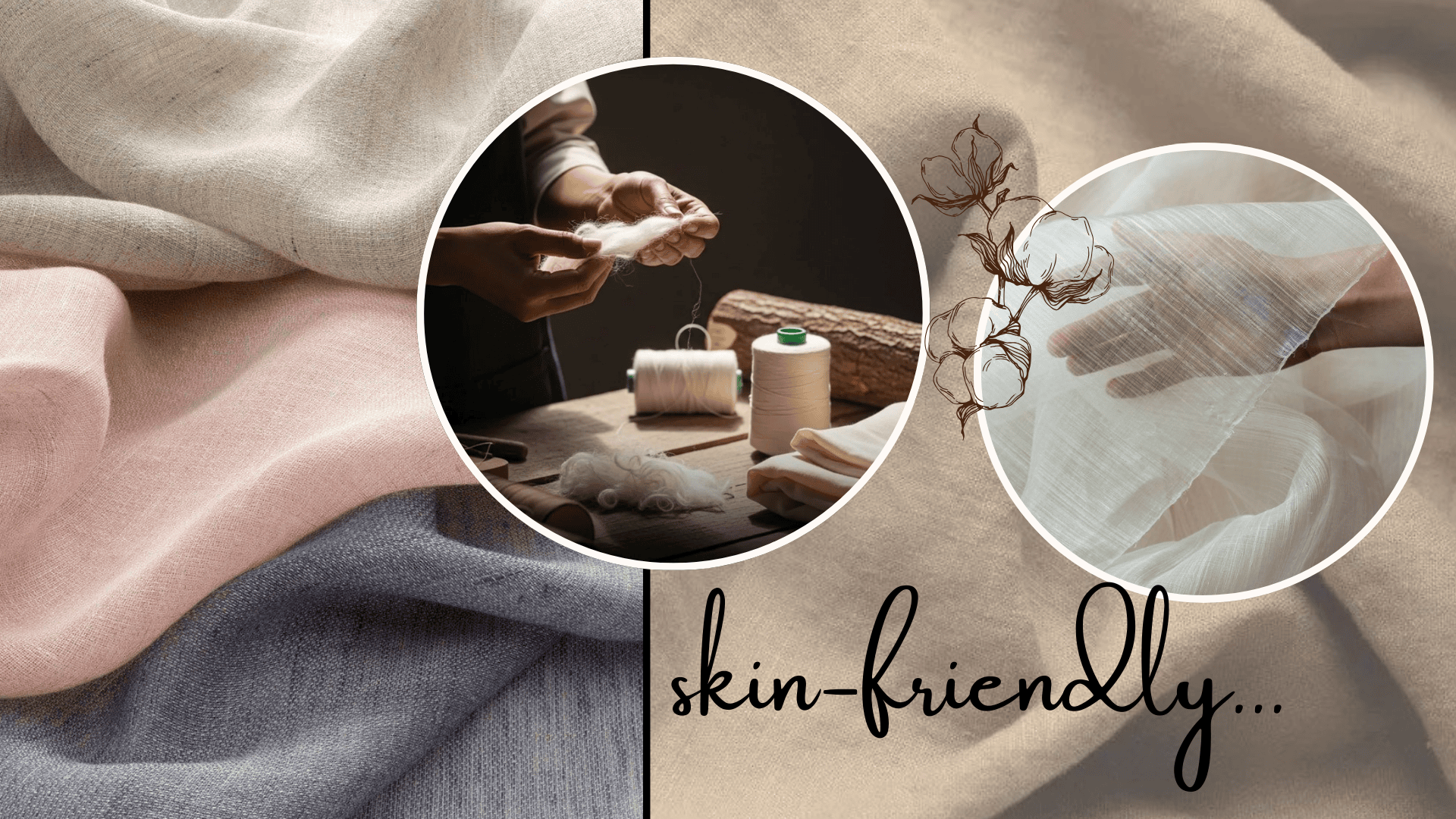
why skin-friendly textiles are the next luxury in fashion






